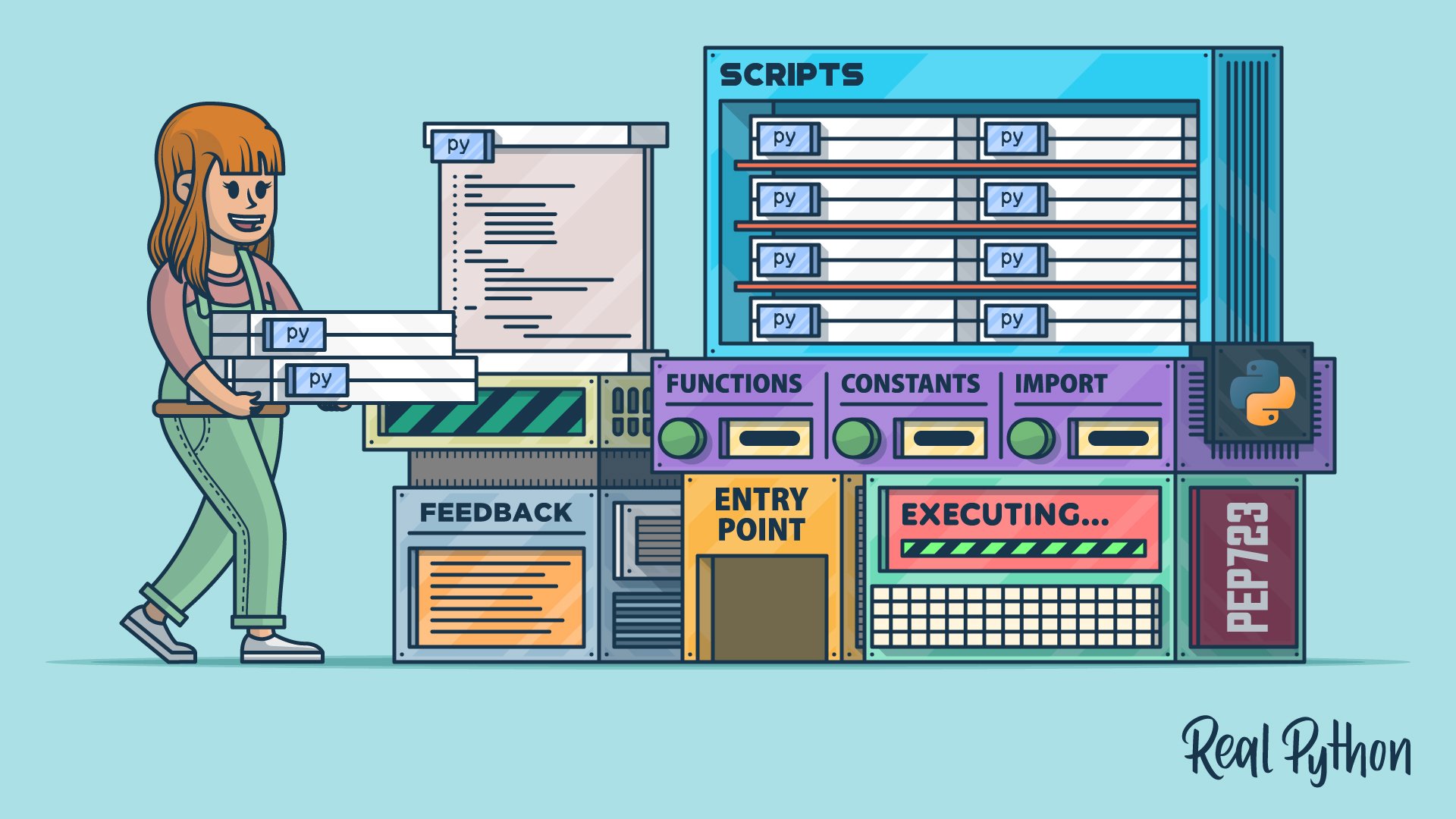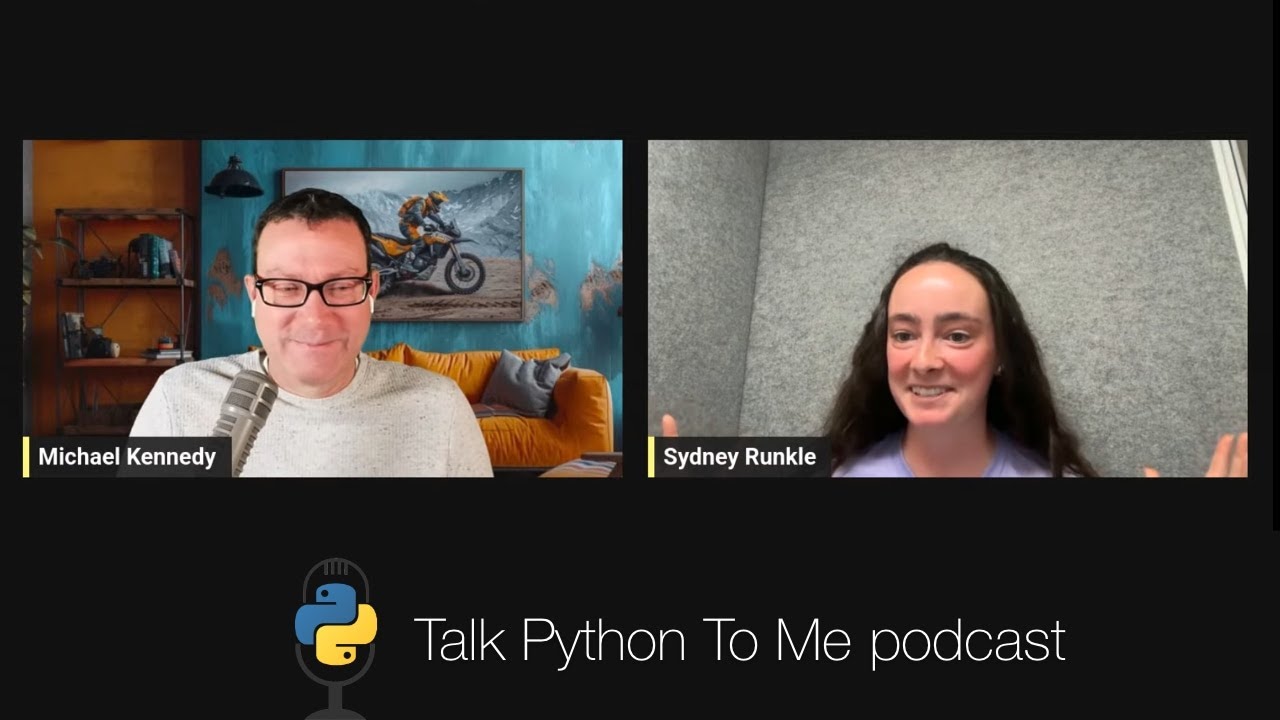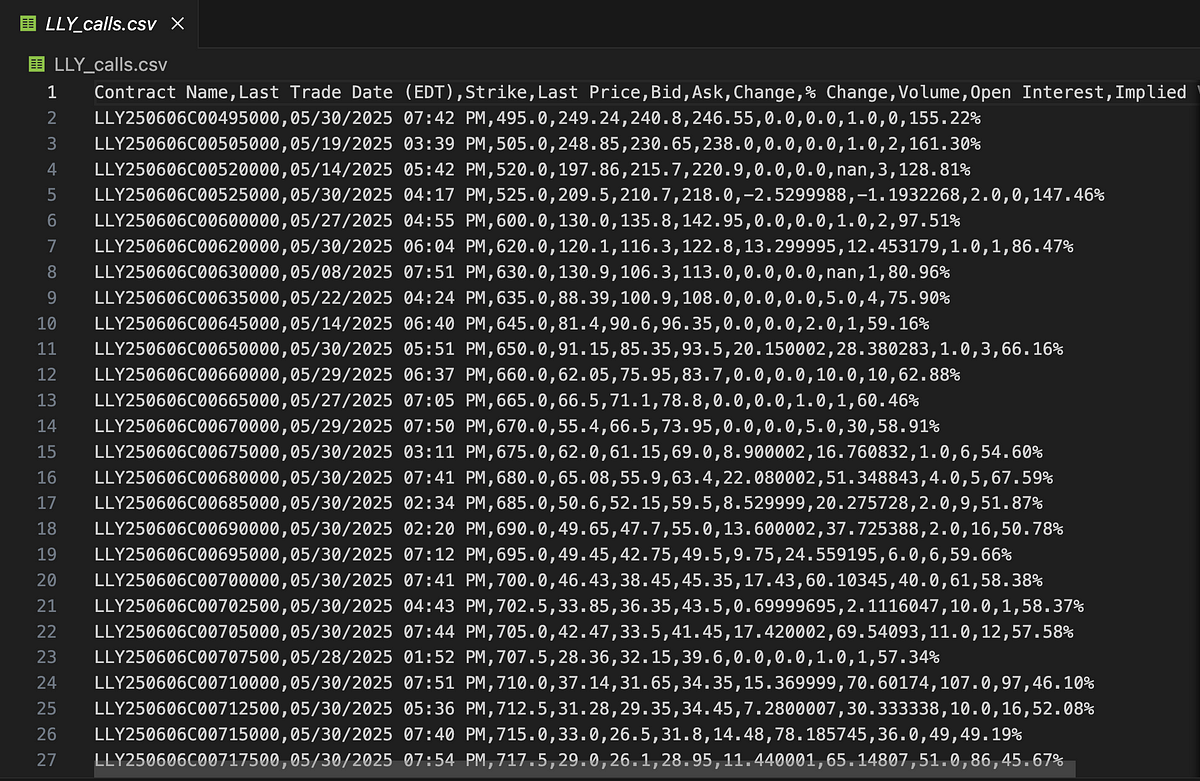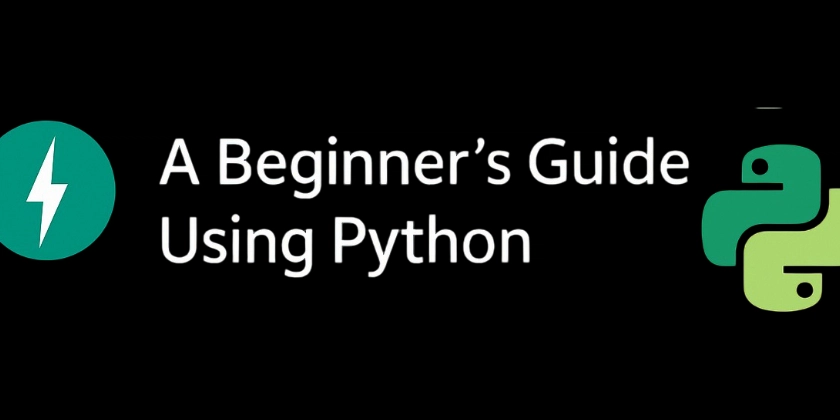Python
Feedspot
223

Image Credit: Feedspot
Java vs Python? Which Programming Language You Should Learn?
- The debate between Java and Python is similar to 'tabs vs spaces' or 'light mode vs dark mode' in the programming world.
- The choice between Java and Python depends on what you want to build, development speed, and career goals.
- Java, created in 1995, is used for enterprise applications, backend systems, and Android development with core values of reliability, portability, and security.
- Python, introduced in 1991, focuses on making programming accessible and enjoyable with a clean syntax and ease of learning.
- Java is a compiled language with the 'Write Once, Run Anywhere' feature, while Python is an interpreted language known for its simplicity and readability.
- Compiled languages like Java prioritize speed and efficiency, while interpreted languages like Python offer convenience and quick iteration.
- Java follows a two-step execution process converting code into bytecode running on the JVM, while Python executes code line by line.
- Java is faster due to JIT compilation, ideal for high-performance applications, while Python is slower but excels in AI, data science, and web development.
- Java requires static typing for variables, enhancing reliability, while Python's dynamic typing speeds up development.
- Java's memory management via JVM and Python's reliance on reference counting differ in efficiency, affecting large-scale applications.
Read Full Article
13 Likes
RealPython
228

Image Credit: RealPython
How Can You Structure Your Python Script?
- Transitioning from interactive environments to structured scripts in Python is crucial for promoting readability and robust development practices.
- This tutorial helps transform messy scripts into well-organized, shareable code, incorporating standard Python practices and tools.
- Key learnings include organizing scripts logically, managing script state efficiently, enhancing interactivity with command-line arguments, and creating self-contained scripts with inline dependencies.
- The tutorial guides through steps like setting up the initial script, integrating external libraries, handling command-line arguments, structuring internal data, and enhancing feedback and robustness.
- A concrete script interacting with a web server to work with the Iris dataset is used to demonstrate these structuring concepts.
- Starting with the importance of the Shebang line for Unix-like systems, the tutorial covers organizing import statements following PEP 8 recommendations.
- The Shebang line, like #!/usr/bin/env python3, makes Python scripts directly executable from the command line without typing 'python'.
- Organizing import statements into standard library, third-party, and local imports helps in clarifying dependencies and improving code readability.
- Minimizing dependencies for easy sharing and structuring scripts for better collaboration are essential scripting practices emphasized in the tutorial.
- The tutorial offers a comprehensive guide on structuring Python scripts efficiently to enhance readability, collaboration, and development practices.
Read Full Article
13 Likes
Dev
1.9k

Image Credit: Dev
What is a coroutine object in python
- A coroutine is a special kind of function that can pause and resume its execution, allowing asynchronous programming.
- Coroutine objects represent tasks that haven’t run yet and must be awaited inside an async function to actually execute the code and get the result.
- When you call an async function, it returns a coroutine object, which needs to be awaited to run the code and obtain the result.
- In a FastAPI app, async functions return coroutine objects that need to be awaited so that FastAPI can send the actual data in the response.
Read Full Article
15 Likes
Dev
13

Image Credit: Dev
"Python Hangman: Guess the Word, Learn the Code"
- CLI games are a fun way to reinforce programming concepts, like creating a Hangman game in Python.
- The game involves guessing a word within a limited number of attempts by suggesting letters.
- The game structure includes a hardcoded target word, maintaining state using lists and sets, and 8 attempts limit.
- Input validation ensures only alphabetic characters are accepted, and guessed letters are tracked to prevent repetition.
- Design considerations like using sets for lookup operations and updating lists in place contribute to effective coding.
- The game's simplicity allows for practice in input validation, data structure manipulation, and logical segmentation.
- Possible improvements for future versions include randomizing word selection, adding ASCII visuals, and support for whole word guessing.
- The Hangman game serves as a learning tool, a showcase of basic Python structures, and a foundation for more advanced programming.
- Overall, the game provides interactive learning and demonstrates how straightforward code can be engaging and educational.
- The Hangman game code demonstrates the implementation of game logic, input validation, and state management in Python.
Read Full Article
Like
Discover more
PlanetPython
364

Image Credit: PlanetPython
Python Bytes: #434 Most of OpenAI���s tech stack runs on Python
- Most of OpenAI's tech stack runs on Python, using FastAPI for building APIs quickly, C for optimizations, and Temporal for asynchronous workflows.
- PyPI's test suite was made 81% faster by steps such as parallelizing test execution, using Python 3.12's features, optimizing test discovery, and eliminating unnecessary imports.
- Python enthusiasts can find interesting PyCon talks on YouTube covering topics from FOSS work to JIT compiler building and design pressure in code.
- Optimizing Python import performance involves techniques like lazy imports, avoiding circular imports, and optimizing __init__.py files for faster loading.
- PEPs & Co. and updates to pythontest.com are some of the extras shared, along with resources like git-bug and a Pyrefly follow-up.
- Python enthusiasts can catch up on Python-related updates and jokes including a humorous take on programmer humor shared in the episode.
Read Full Article
21 Likes
PlanetPython
342

Image Credit: PlanetPython
Talk Python to Me: #507: Agentic AI Workflows with LangGraph
- Agentic AI Workflows with LangGraph empower LLMs to use tools and take further action based on what they have learned.
- Frameworks like LangGraph provide building blocks for Python apps with features such as long-term memory and durable resumability.
- Sydney Runkle discusses building Python apps with LangChain and LangGraph on the Talk Python podcast.
- Links related to LangGraph, LangChain, tutorials, and episodes mentioned in the show are available for further reference.
Read Full Article
20 Likes
PlanetPython
412

Zato Blog: Enterprise Python: Integrating with Salesforce
- Salesforce connections are now available in Zato 3.2 for managing Salesforce records and business data with basic REST APIs and Python objects.
- The process includes creating Salesforce credentials, defining a Salesforce connection in Zato, authoring an integration service in Python, and testing the integration.
- Credentials needed for the integration are username, password, consumer key, and consumer secret, usually obtained from a Salesforce connected app.
- Zato handles authentication and authorization tokens based on the provided credentials, simplifying the integration process for users.
- Creating a Salesforce connection in Zato Dashboard involves inputting the obtained credentials and setting up the connection details.
- An integration service like creating Salesforce campaigns can be developed in Python using REST methods to interact with Salesforce endpoints.
- A SimpleIO definition can be used to structure the input and output for the service, facilitating the handling of data between the service and Salesforce.
- HTTP Basic Auth credentials can be assigned to the REST channel in Zato to enable client authentication, ensuring secure communication with Salesforce.
- Testing the integration can be done by invoking the REST channel using tools like curl, allowing interaction with Salesforce and verifying the functionality.
- By following the steps outlined, users can effectively integrate their applications with Salesforce using Zato and expose REST channels for seamless integration.
Read Full Article
24 Likes
Dev
426

Image Credit: Dev
Comprehension in Python (2)
- Python offers comprehensions like list comprehension, set comprehension, dictionary comprehension, and generator comprehension.
- Generator comprehensions are created using (). Generators can be passed to a function without ().
- 1D generator comprehensions produce a sequence of values based on an iterable. The end result is a generator object.
- 2D generator comprehensions create a sequence of generators based on nested iterables. The outcome is a generator object of generator objects.
Read Full Article
25 Likes
Dev
430

Image Credit: Dev
Comprehension in Python (1)
- Explanation of generator comprehension and tuple comprehension in Python.
- Comprehension is used to create iterables in a concise way, including list comprehension, set comprehension, dict comprehension, and generator expression.
- Examples of 1D and 2D list, set, and dict comprehensions provided, showcasing how to generate data in a more compact form compared to traditional loops.
Read Full Article
25 Likes
Dev
303

Image Credit: Dev
🧒🍬 Beginner-Friendly Guide to Solving "Distribute Candies Among Children" | LeetCode 135 Explained (C++ | JavaScript | Python)
- LeetCode 135 - Candy problem involves distributing candies to children based on their ratings in a line, following certain rules.
- The problem requires each child to receive at least one candy and a child with a higher rating than adjacent child gets more.
- Two strategies discussed in the guide are a naive two-pass greedy approach and an optimized greedy algorithm.
- The optimized greedy solution reduces space complexity from O(n) to O(1) by tracking peaks, valleys, and previous candies given.
- Code implementations provided in C++, JavaScript, and Python demonstrate the optimized approach.
- Test cases cover various scenarios to validate the correctness of the implemented solutions.
- Key takeaways include understanding the intuition behind both approaches and the significance of optimizing space for large datasets.
- Overall, mastering this problem helps in grasping greedy algorithms and efficient space utilization in coding interviews and DSA practice.
Read Full Article
18 Likes
Medium
65

Image Credit: Medium
Pulling Options Data with Python and yFinance — and Saving it Like a Pro
- The goal of the code is to retrieve options data for a specific stock ticker and expiration date using the yfinance library in Python.
- The code formats the options chain data neatly and saves the data into two CSV files:
_calls.csv and _puts.csv. - Each row in the CSV files includes details such as contract symbol, last trade timestamp, strike price, bid/ask prices, volume, open interest, implied volatility, among others.
- This script can be useful for options backtesting, volatility screening, and automated reporting by leveraging real-time options data and Python's capabilities.
Read Full Article
3 Likes
Dev
158

Image Credit: Dev
Visualizing Options Market Data in Python: Implied Volatility, Open Interest, and Max Pain
- This post covers visualizing options market data in Python focusing on implied volatility, open interest, and max pain.
- Options traders analyze implied volatility and open interest for market sentiment, liquidity, and price expectations. The Max Pain theory helps predict stock price behavior near expiry.
- The code provided loads and cleans options data, calculates key metrics like ATM strike and expected price move, and visualizes open interest and implied volatility.
- This analysis requires exporting options data to CSV files, running a Python script for processing, and interpreting charts to understand market activity and sentiment.
Read Full Article
9 Likes
Dev
215

Image Credit: Dev
Getting Started with FastAPI: A Beginner’s Guide Using Python 🐍
- FastAPI is a modern, high-performance web framework for building APIs with Python.
- FastAPI is fast, uses Python type hints for validation, and is asynchronous by design.
- FastAPI is more scalable than Flask and more minimal and lightning fast than Django REST Framework.
- FastAPI is used in production for GenAI backends, microservices, ML model deployment, and startups.
- To get started with FastAPI, ensure Python is installed and create a virtual environment.
- Using PyCharm for development, install FastAPI and create your first FastAPI app.
- FastAPI generates interactive Swagger docs and uses Pydantic for data validation.
- A mini project is demonstrated - building a Simple Calculator API with addition and subtraction endpoints.
- The code creates endpoints for adding and subtracting numbers, using Pydantic for data validation.
- The FastAPI automatically parses JSON input, validates data, and generates interactive docs.
Read Full Article
12 Likes
PlanetPython
17

Image Credit: PlanetPython
The Python Coding Stack: What's the Difference Between Zipping and Unzipping Your Jacket? ��� Unzipping in Python
- Python's zip() function is commonly used, but there's an unzipping method as well.
- The unzipping tool in Python helps separate data previously zipped together with zip().
- Zip() in Python connects elements from different lists together, similar to a zipper on clothing.
- Zipping multiple lists creates groupings of related data.
- Sorting by age can be achieved by utilizing the zip object and the sorted() function.
- Unzipping involves reversing the zipping process to retrieve separate lists.
- To unzip, the unpacking operator * is used to separate zipped data back into original lists.
- Python's zip() and unzip() processes are akin to using a zipper to zip and unzip clothing.
- Zip() creates tuples of related elements, while unzipping separates them back into individual lists.
- Understanding both zipping and unzipping in Python is essential for handling grouped data efficiently.
Read Full Article
1 Like
Dev
92

Image Credit: Dev
Build a Full-Featured Hangman Game in Python Using Amazon Q CLI — From Scratch to Launch in Under 10 Minutes 🚀
- Amazon Q CLI is an AI-powered command-line assistant designed to enhance developer productivity and learning while building projects like games quickly.
- The author showcases building a full-featured Hangman game in Python using Pygame, with support for categories, difficulty levels, animations, sound effects, and more.
- Reasons for using Amazon Q CLI included speed, productivity, simplifying complex features, real-time learning, and not requiring external assets.
- The Hangman game featured classic rules, category selection, difficulty levels, animated elements like hangman drawing and backgrounds, sound effects, and a scoring system.
- Amazon Q CLI streamlined the development process by generating the game codebase quickly based on detailed prompts provided by the author.
- The output was a well-structured Python project handling UI, animations, input logic, sound generation, and more, all accomplished in under 10 minutes.
- The blog provides instructions on running the game from the GitHub repository and highlights key learnings, such as avoiding external files and leveraging Pygame for game development.
- Future steps suggested include adding online multiplayer or scoreboards, creating a mobile-friendly version, and encouraging open-source contributions for new categories or themes.
- The author recommends trying out Amazon Q CLI for accelerating game development workflows or coding projects due to its efficiency and capabilities.
- To connect with the author, their portfolio, GitHub, and LinkedIn profiles are shared for further interaction.
Read Full Article
5 Likes
For uninterrupted reading, download the app